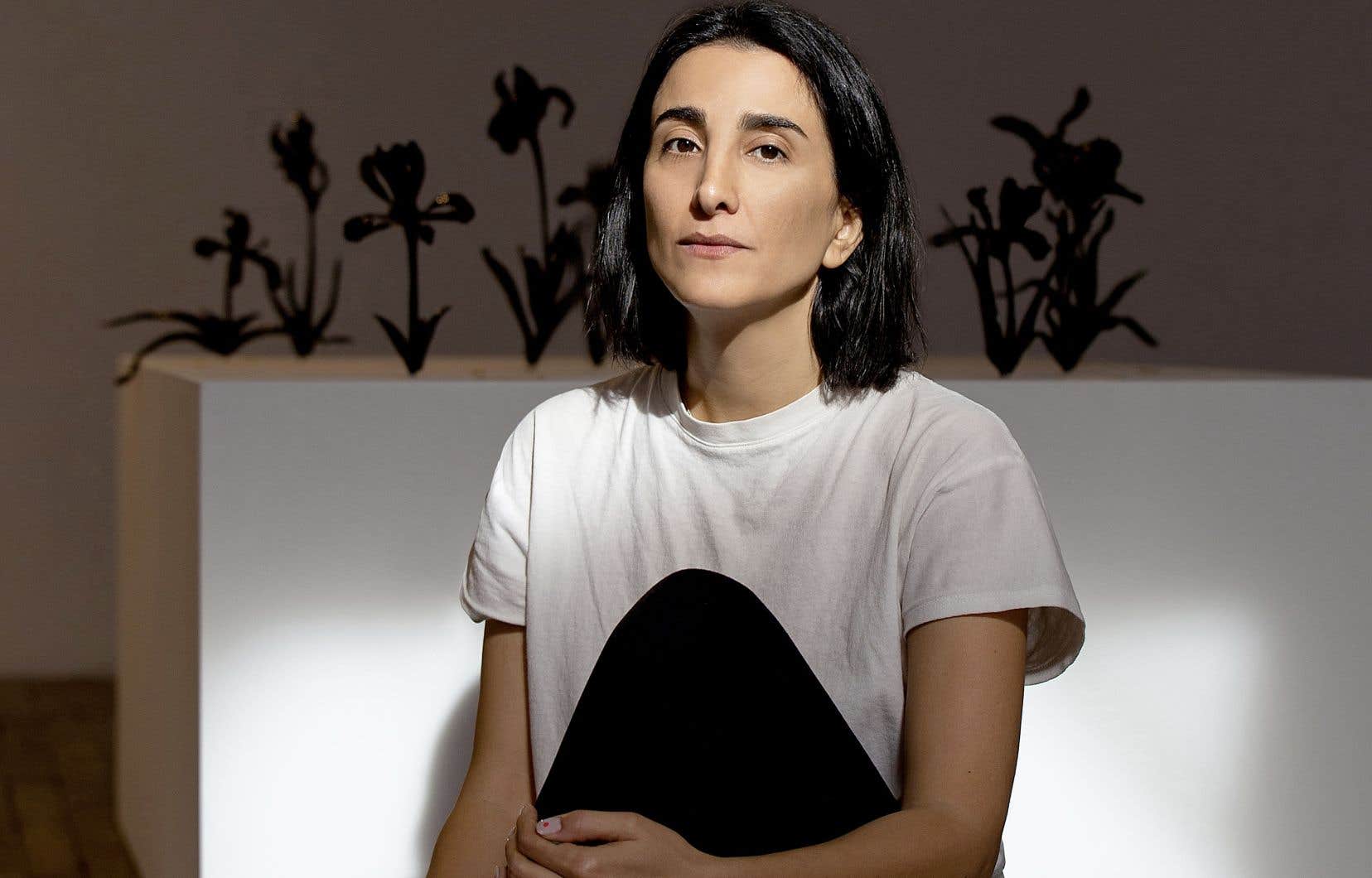Since the end of October, the biannual exhibition MNBAQ Contemporary Art Prize was on display at the National Museum of Fine Arts in Quebec. The initiative, born in 2013, usually highlights a single person whose practice, spread over 10 to 20 years, marks current art. However, the 2023 edition is an exception since five women were selected by the jury: Sara A. Tremblay, Maria Ezcurra, Anahita Norouzi, Celia Perrin Sidarous and Eve Tagny. All present common concerns — questions of the garden, of plants, of nature, of the archive and history, of resilience and resistance. The duty met two of them, Anahita Norouzi and Celia Perrin Sidarous, to offer a conversation on their two practices which are part of the reflection around our personal and collective stories, and where memory is therefore omnipresent.
Gather and query
Anahita Norouzi and Celia Perrin Sidarous work from historical artifacts and their personal and family archives. They thus constitute a collection of fragments from which they attempt new narratives.
“Composition is my agency,” says Celia Perrin Sidarous, who forms constellations of images of found objects. The game to which she lends herself allows her to provoke things, to construct something new from already existing elements. “I work from deliberate juxtapositions to see what it will look like. It is a way of negotiating my assemblages so that they meet the possible associations that come from the eye of the spectator. » In his projects, narrativity is central: his arrangements tell a new story each time, or carry several stories at the same time. The fragments of his installations, by dint of dialoguing together, become polyphonic.
The idea of fragment allows for nuance. All of these gaps create gray areas that leave space for multiple readings.
At Anahita Norouzi, practice turns to the power dynamics existing between the Western scientific explorations of past centuries and the systematically Eastern territories once explored. “When we read the official story, we realize that it is a very concrete narrative, without many nuances; a linear narrative. The reality of history is more complex: it is fragmented, similar to the way memory works. » Anahita Norouzi is interested in the multiplicity of avenues through which we can tell a story. She is also interested in all his blind spots. “The idea of fragment allows for nuance. All of these gaps create gray areas that leave space for multiple readings. »
Talk about inheritance
At MNBAQ, Anahita Norouzi offers a body of work that allows us to question why most cultural transfers in history go from east to west. Half of the Red Sun addresses the cultural and heritage pillage to which Eastern countries have been subject. “My research is interested in the relationships we have with places. How do environments have this capacity to embody our collective identity and create representations that we then find in museums? For me, this question is about memory. I talk about political history from a very personal narrative that touches on my experience of life in these places. »
In Quebec, the public plunges into a space oscillating between destruction and reconstruction, “because the destiny of a monument is always to be rebuilt or to become invisible in the urban place,” says the artist. Anahita Norouzi leads our trajectory through mounds of earth showing in its twists and turns archives of ancient sites. His video The Future is Only for Ghosts awaits us at the end: Persepolis, in ruins, lets us glimpse its pillaged pieces and the vegetation that invaded it. The artist suggests that ancient stories continue to influence the present and that “the dust of ruin is a breeding ground for the future to germinate”.
For her part, Celia Perrin Sidarous plays with the non-linearity of time in anachronistic paintings which superimpose eras. Its vast collection of objects, photographs, printed clippings and archives takes shape in collages with exploded narratives. “The stories that objects offer, their past lives, the potential they have to offer oblique and speculative stories: all of that fascinates me. There are holes in the archive. Through it, we reflect on absence as much as presence. » At the MNBAQ, his corpus offers an elliptical narrative composed of personal memories and historical photographs. His film work Vessels for a Film, presented in parallel in its exhibition Marginalia at the Foreman Gallery, reports on his recent investigation into his family’s Egyptian descent. It makes visible the movements that underlie the construction of an identity over time.
Jointly, Anahita Norouzi and Celia Perrin Sidarous move back and forth between past and present, a way of navigating between multiple realities, geographies and temporalities. They thus construct new narratives and revive memories.
Plurality and crossovers
